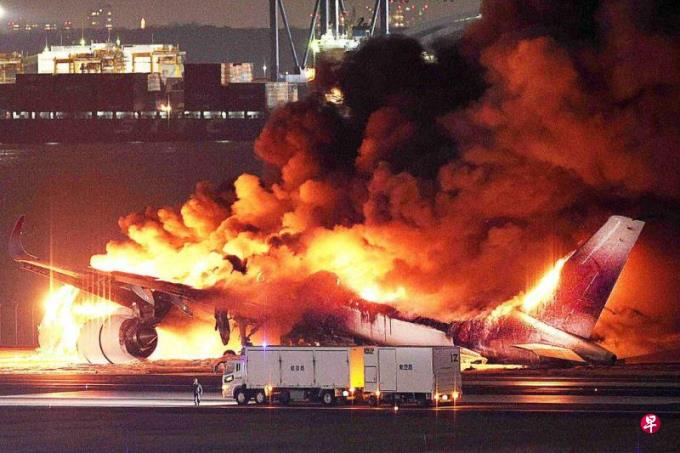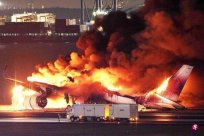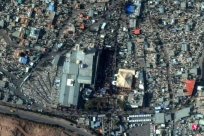
(Tokyo/Paris Composite Electric) The Japanese Airlines flights JL516, a collision accident, said that there was no vision to see the sea protection aircraft, so they did not try to re -fly.
Kyodo News reported that JL516 said, "The moment before the collision, it seemed to see something and felt something was wrong."The Japan Transportation Safety Commission believes that the pilots have not noticed the sea protection aircraft on the runway.
Kyodo News reported that according to the introduction of JThang, the pilot felt something and felt something wrong, and then hit it immediately without trying to re -fly.At that time, there was no trace of the airport air pipes ordered the aircraft air pipes, and neither the empty pipe or the pilot may not recognize the existence of the Haibao aircraft.
Haibao Machine has not been obtained to enter the runway license
Earlier reports that the only surviving pilot of the Haibang Hall's aircraft said that it had obtained a take -off permit for the air tube, but a flight record transcription revealed by the Ministry of Communications officials showed that the Haibao Hall's aircraft did not obtain a permission to enter the runway.
According to the record, the air management personnel instructed JL516 "Continue to enter the C runway" at 17:43 on January 2, and issued a "landless barrier -free" instruction at 17:45.At the same time, the air traffic control personnel issued the instructions to the C5 (taxiway) to "taxi to the runway stop position" to the Haibao aircraft.
According to the latest report by the Japan Broadcasting Association (NHK) on Thursday (January 4), after the collision, the JL516 pilot did not know that the plane had been on fire at first.
Video shot by passengers showed that JL516 suddenly sprayed a group of fireballs before stopping, and the fire spread from below the plane.The crew must receive the cockpit instruction to open the emergency exit, but the intercom system fails, and the cockpit cannot issue instructions.The crew finally decided to open the unblied cabin door and evacuate passengers.
The international investigation team composed of Japan, France, the United Kingdom and Canada has begun investigating the incident, and the Japanese police also investigated the occupational negligence in the case.
This incident is the first major accident since the A350 model was put into use in 2015, and also caused people to worry about the gap between the ground alarm technology of the airport.
A few weeks ago, the US Flying Safety Foundation warned that now that aviation transportation has become more crowded, it is necessary to take action around the world to prevent accidents from runway collision and runway invasion.
The risk ofRunway invasion is a matter of attention to global attention, and the potential consequences of such incidents are very serious.Better situation perception technology can help air pipes and pilots discover potential runway conflicts, thereby avoiding many tragedies.
The ASDE-X system has 35 airports in the United States, using radar, satellites and navigation tools to track ground activities, but the United States still lacks sufficient technology to prevent runway invasion.
Unwilling to take additional cost airlines to resist new technologies
In recent years, Airbus has planned to develop a anti-runway collision system Surf-A with Honewell in the United States in recent years. It helps to prevent runways from colliding with a visual and audio warning to the pilots.
However, this idea has been resisted by some airlines that are unwilling to bear extra costs, and the basic reforms of the American and European air traffic systems have been postponed for a long time.
According to Japanese airline estimates, the operating loss caused by Haneda Airport's accident is as high as 15 billion yen (about S $ 138 million), and the loss will be borne by the insurance company.
According to sources in the insurance industry, the Airbus A350 aircraft damaged by HKUS is two years old and has been insured at all insurances worth about 18.7 billion yen. The US International Group (AIG) is the main underwriting company.




